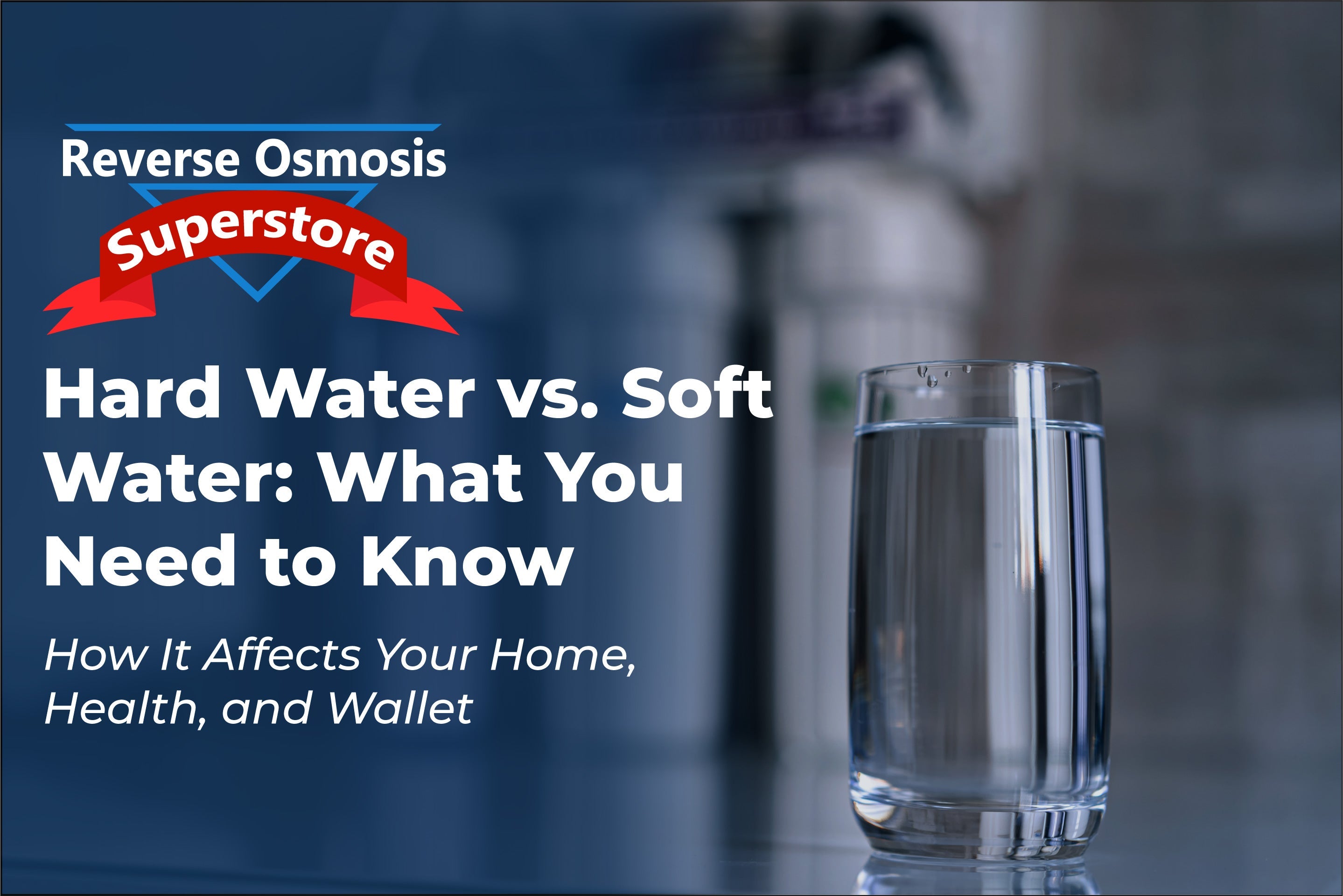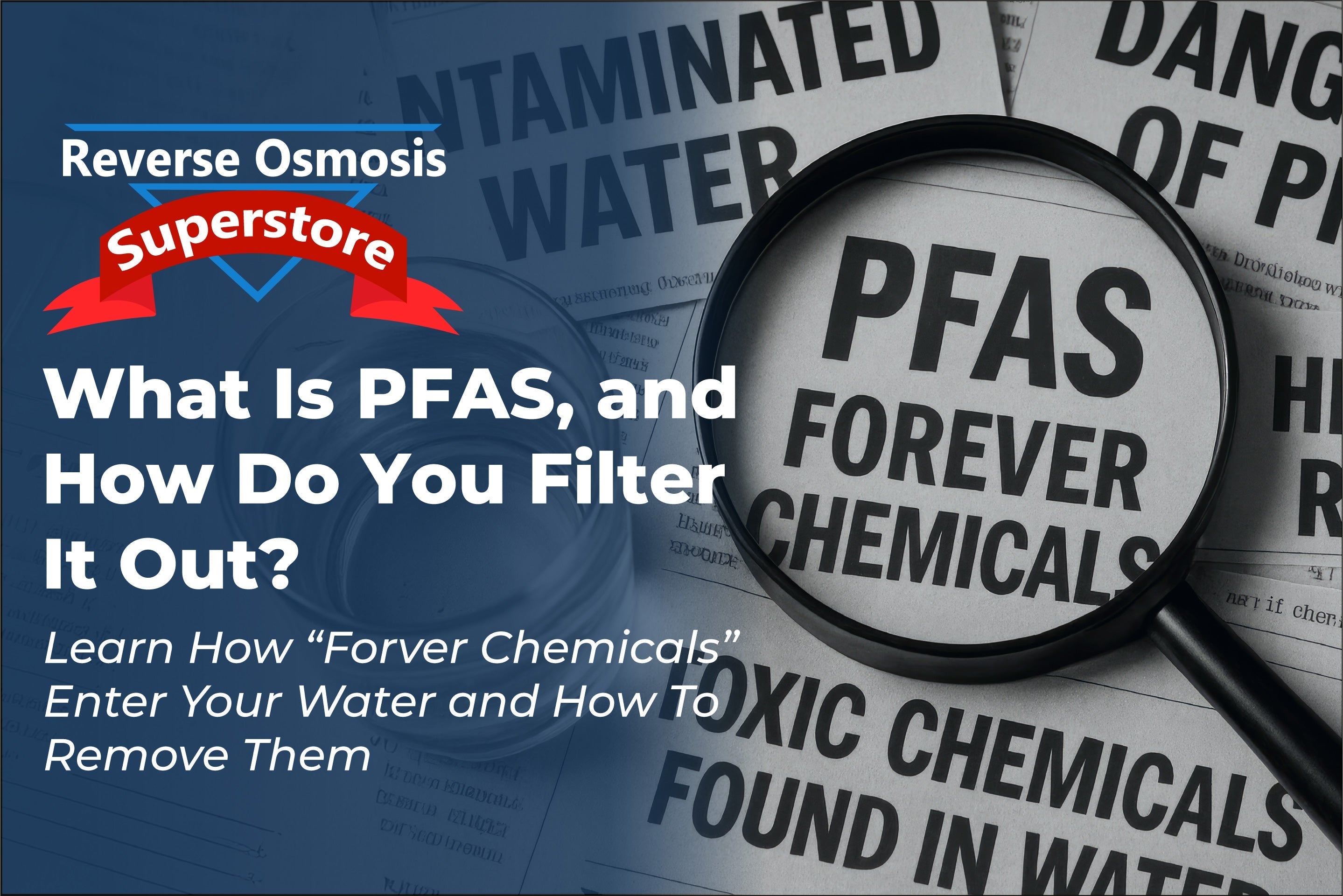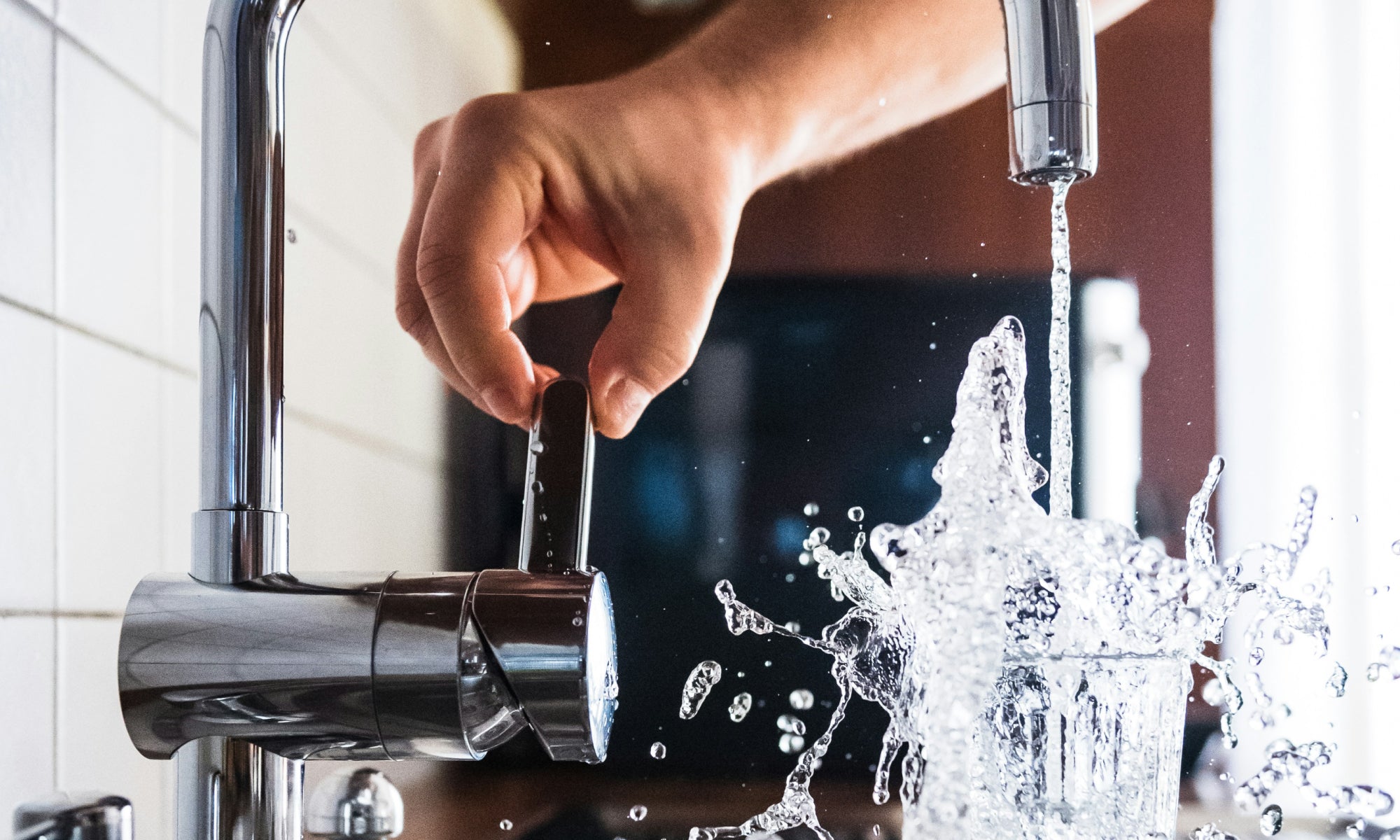According to EPA studies, chlorine and chloramines in your drinking water are not considered harmful in small amounts, but they can leave a bad taste in your mouth. Chloramines, a combination of chlorine and ammonia, provide long-lasting disinfection as your water moves through pipes to your home.
Water is essential to human life. And drinking water from the faucet may be, regrettably, one of the most significant health risks a person takes at home. Water treatment systems filter out chlorine and chloramines providing clean, healthy, pure water. Reverse Osmosis Water Systems use a high-pressure water pressure to push source water through a semipermeable membrane, separating salts, minerals, and contaminants from your drinking water.
Still concerned there are pathogens or chemicals in your drinking water? You shouldn't be! The last micro molecules can be removed with a carbon water filter. The chloramine molecules get stuck in the pores during filtration and can't contaminate your water any longer.
Chloramines are present in nearly all municipal-processed water sources. Most businesses that rely on entirely pure, filtered water should install a commercial reverse osmosis system removing all chemicals and contaminants from their water. Commercial reverse osmosis systems provide long-lasting disinfection of water moving through pipes and are more cost-effective.







